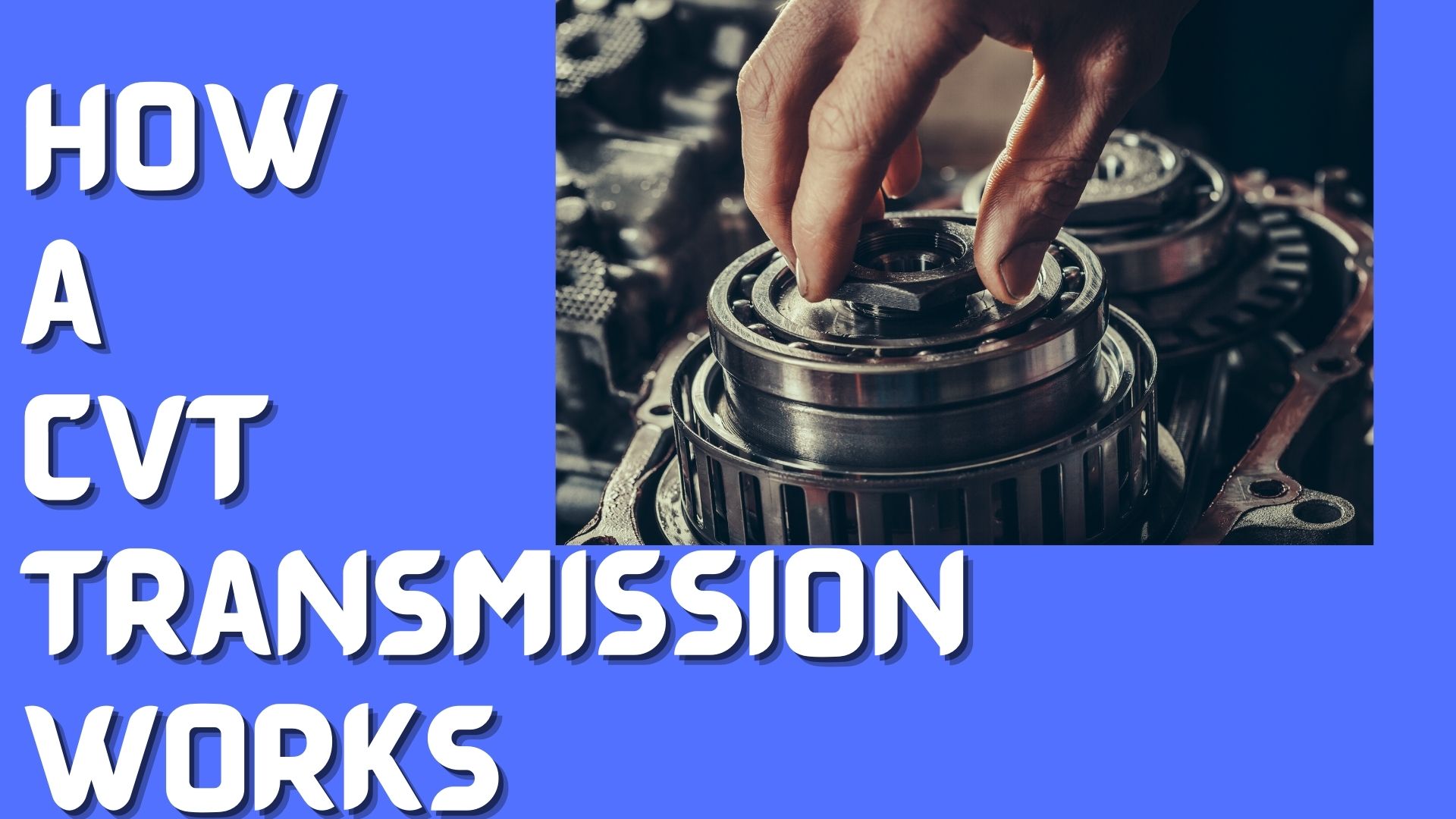Do you know how CVT works in a truck? More than 500 years ago, Leonardo da Vinci invented the continuously variable transmission (CVT), which has proven to be more reliable and is now replacing the widely known automatic transmission in some trucks. Many improvements have occurred with various automobile manufacturers such as GM, Honda, and Nissan adopting this kind of drivetrain. In the early 90s, the CVT was tested in formula one cars, and the f1 cars powered with the CVT were quicker than those powered by manual transmission. This article will explore how CVT works in a truck.
Components Of A CVT System
The CVT has three basic components.
- Hight-Power metal or a Rubber belt.
- Variable input pulley or the driving pulley.
- Output pulley or the driven pulley.
Apart from the above three basic components, the CVT has various sensors and microprocessors that aid in its smooth operation.
How CVT Works In a Truck
At the heart of the CVT, there are variable diameter pulleys. Each of these pulleys has two cones that face each other at a 20-degree angle. At the groove of the two cones, there is a belt. Sometimes this belt is made of rubber. In such a case, a V-belt is preferred. The V-belts are v-shaped to increase the grip at the groove of the two cones.
The belt will ride lower when the two pulley cones are far or their diameter increases. In such an event, the belt loop radius around the pulley grows smaller.
The belt will ride higher the groove on an occasion when the two cones of the pulley are close, or the diameter decreases. In such a case, the belt’s radius around the pulley will increase. The sizes of the pulleys rely on the adjustment of hydraulic pressure, centrifugal force, or spring tension.
The variable diameter pulleys are always in pairs. The first pulley is the drive pulley that connects to the engine through the crankshaft. It is also known as the input pulley because it powers the other pulley. The other pulley is the driven pulley, which relies on the motion from the driving pulley to turn. The driven pulley is the output pulley that transfers power to the driven shaft.
The two pulleys work interestingly. When one increases its radius, the other will reduce its radius, keeping the belt tight. The variation in the radius of the two pulleys creates an infinite gear ratio – from low to high gears. For example, the rotational speed on the driven pulley will decrease and give a lower gear when the radius of the driving pulley is small, and that of the driven pulley is large. On the other hand, if the radius of the driving pulley is large and that of the driven pulley is small, the rotational speed increases, giving rise to the higher gear.
Conclusion
The CVT has a lot of gears that we cannot exhaust if we start to count. But how the driving and the driven ratio behave will give rise to either lower or higher gears. The other gears between the lower and the higher gears result from various variations in the radius of the two pulleys.

